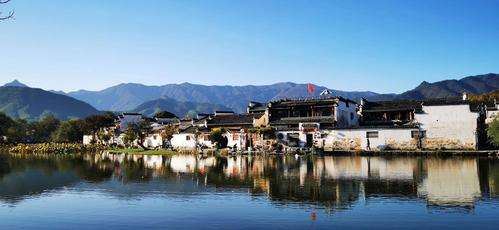Exploring the Vibrant and Timeless Philippines Cultural Traditions
The Philippines is one of the most culturally diverse countries in the world, with a rich history that dates back centuries. From its indigenous tribes to its Spanish and American influences, the country’s culture has endured and evolved over time.
The Importance of Cultural Traditions
In the Philippines, cultural traditions are an essential part of daily life. They are a source of identity and pride for many Filipinos, as well as a way to connect with their heritage. Traditions are passed down from generation to generation, and they play a significant role in shaping the values and beliefs of the people.
One of the most iconic cultural traditions in the Philippines is the Barong Tagalog. This is a formal, embroidered shirt worn by men at special occasions such as weddings and graduations. It’s a symbol of national identity and pride, and it reflects the country’s history and culture.
Another important cultural tradition in the Philippines is the celebration of fiestas. Fiestas are religious festivals that are held in various towns and cities throughout the country. They are a time for Filipinos to gather, celebrate, and honor their patron saints.
The Diversity of Philippine Culture
The Philippines is home to many different cultural groups, each with its unique traditions and customs. One of these groups is the Ifugao tribe, known for their spectacular rice terraces that have been designated a UNESCO World Heritage Site. The Ifugao people have a rich oral tradition, and their unique way of life has remained largely unchanged for centuries.
Another cultural group in the Philippines is the Tagalog people. They are known for their love of music and dance, and their most prominent festival is the Ati-Atihan festival held every January. This festival celebrates the life and deeds of Santo Niño or the infant Jesus and is highly popular among both locals and tourists.
How Cultural Traditions Impact the Economy
Cultural traditions play a significant role in the Philippine economy, as they are a significant contributor to tourism. Tourists from all over the world come to the Philippines to experience its vibrant culture and traditions. These visitors provide significant revenue for the local economy, as they stay in hotels, buy souvenirs, and dine in restaurants.
Furthermore, cultural traditions have also given rise to various industries, such as handicrafts and textiles. The intricate fabrics and designs of the Barong Tagalog are a great example of this. The industry of creating and selling traditional Filipino handicrafts has provided employment to thousands of Filipinos over the years.
Conclusion
Exploring the vibrant and timeless cultural traditions of the Philippines is a fascinating glimpse into the country’s rich history and diversity. These traditions are a vital aspect of the Filipino people’s lives, and they have a significant impact on the country’s economy, as well. Indeed, they are something that the people of the Philippines can take pride in and celebrate with their hearts and souls.
(Note: Do you have knowledge or insights to share? Unlock new opportunities and expand your reach by joining our authors team. Click Registration to join us and share your expertise with our readers.)
Speech tips:
Please note that any statements involving politics will not be approved.
